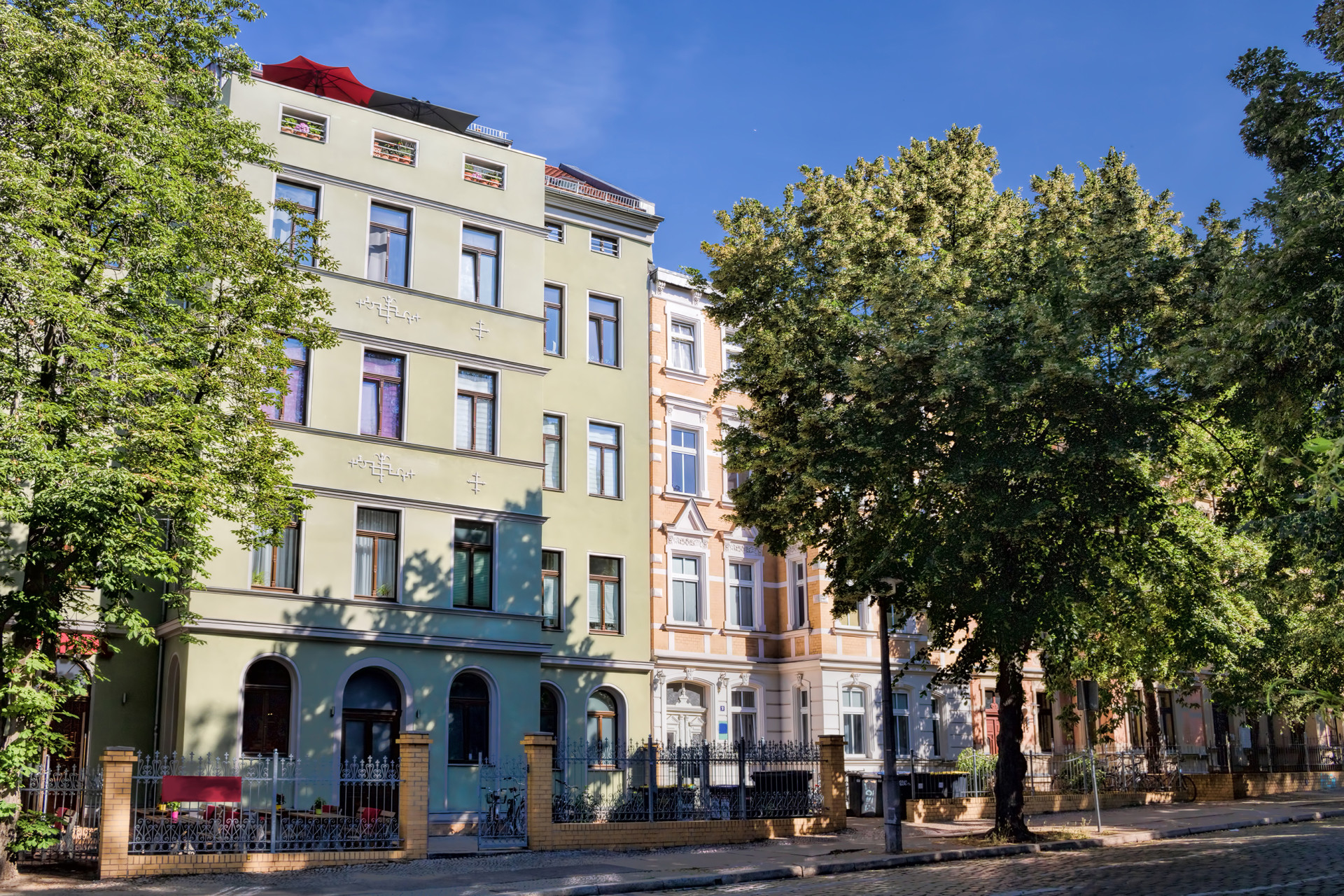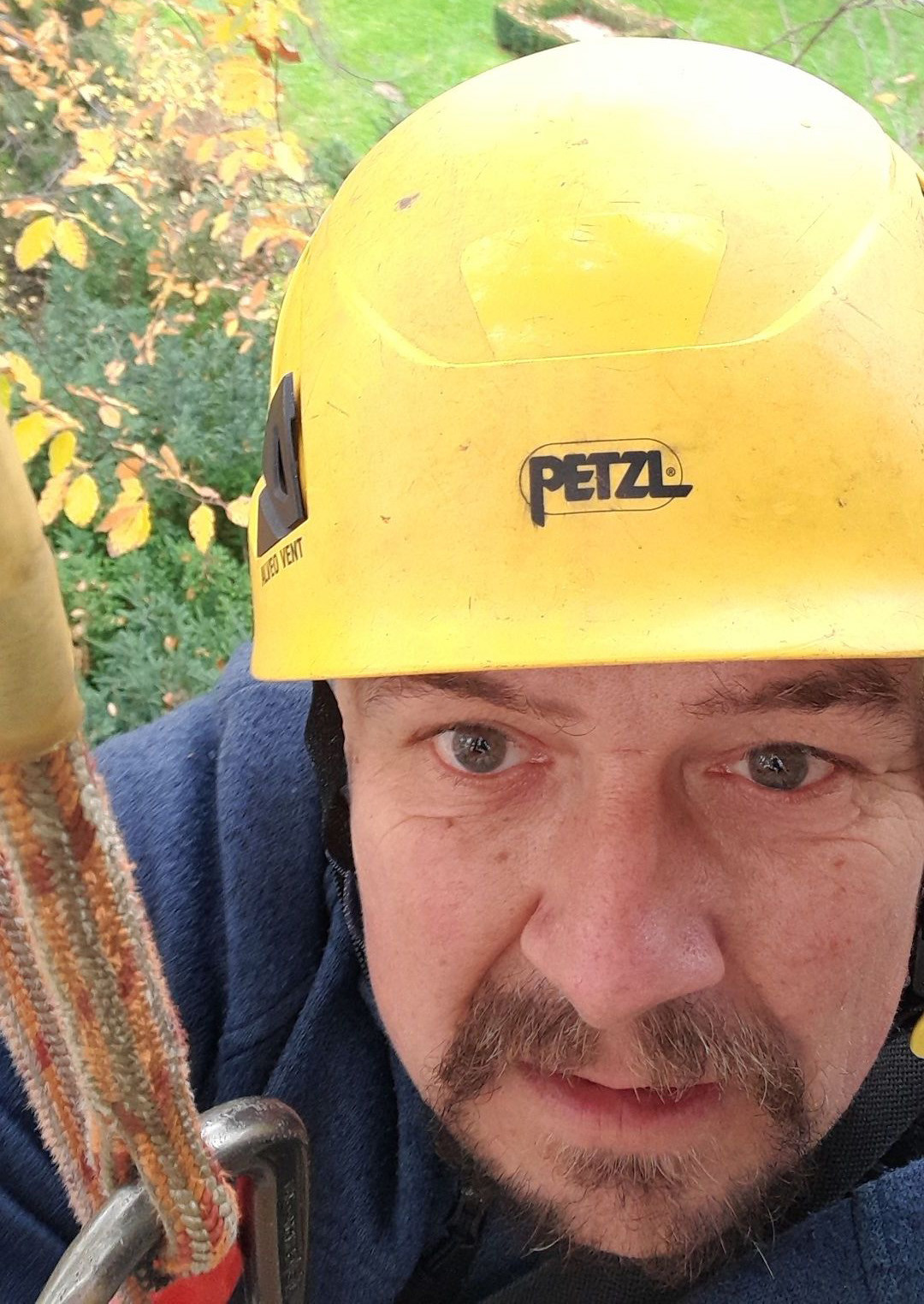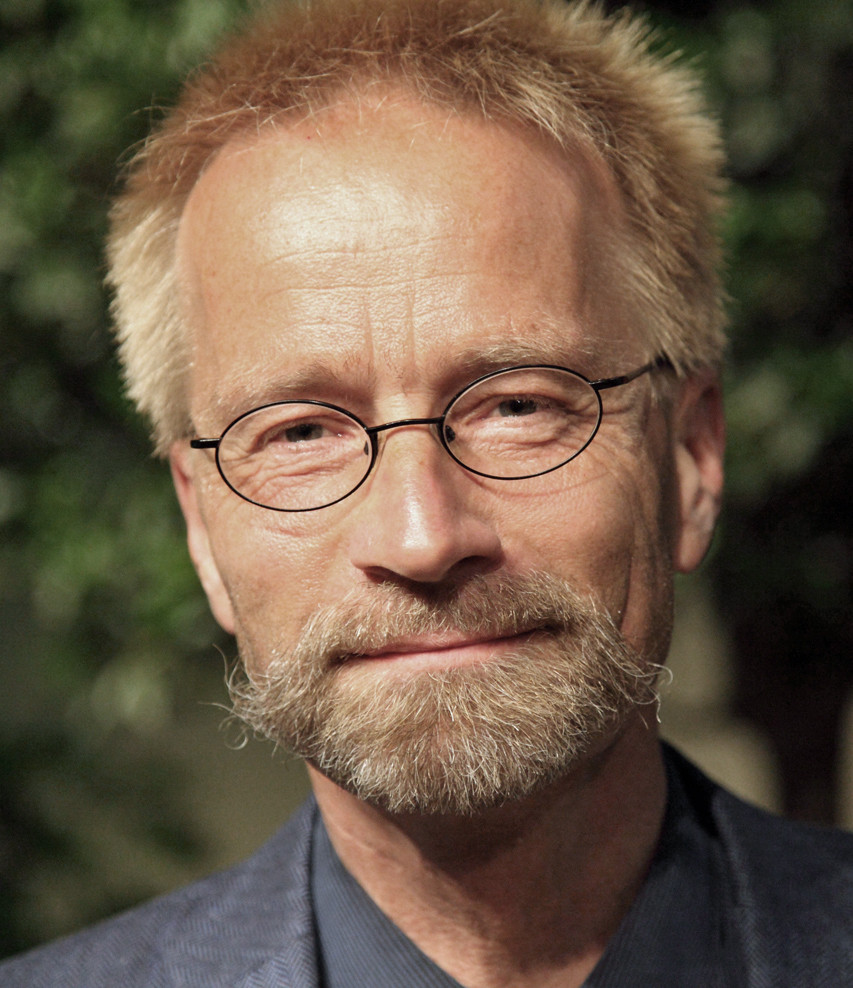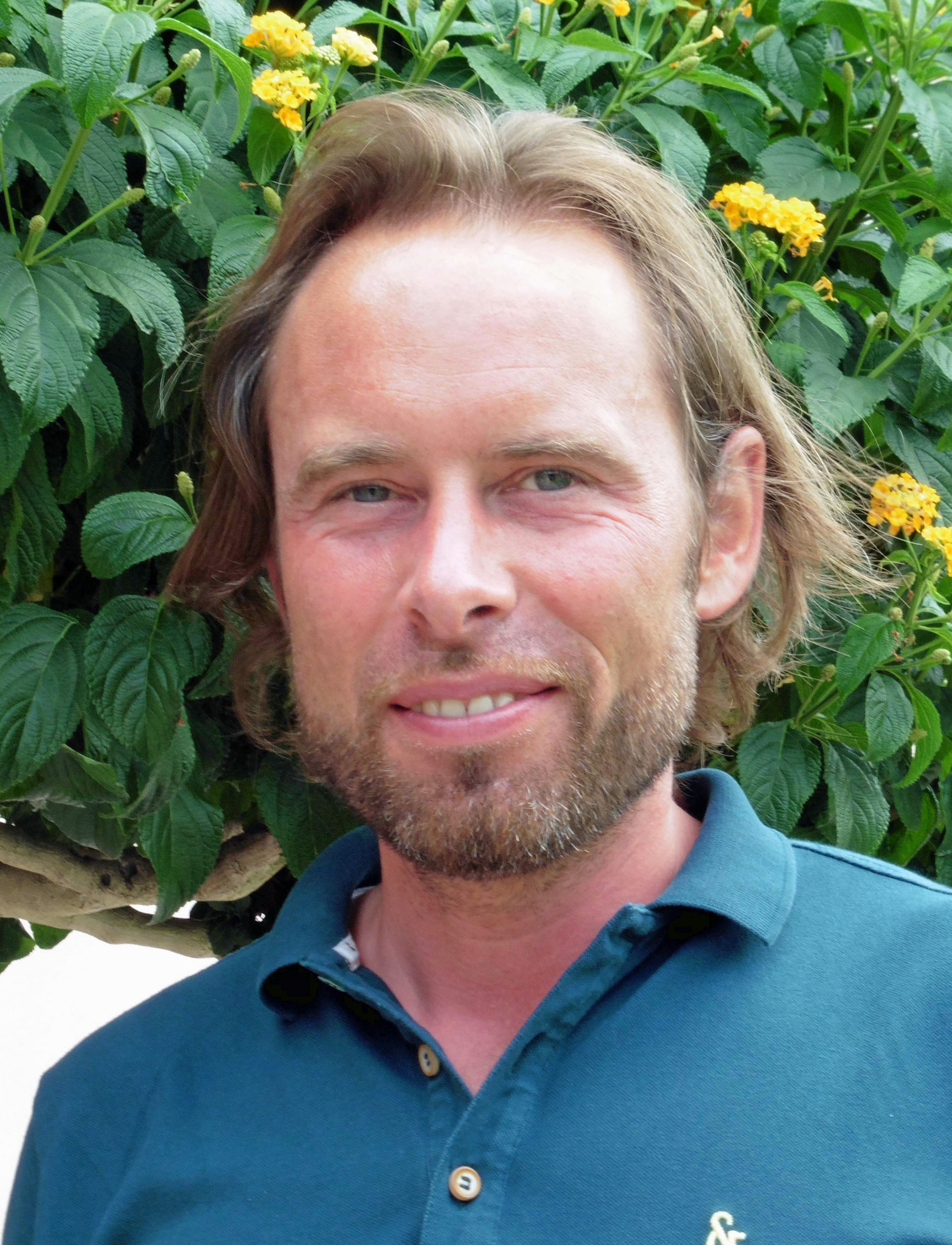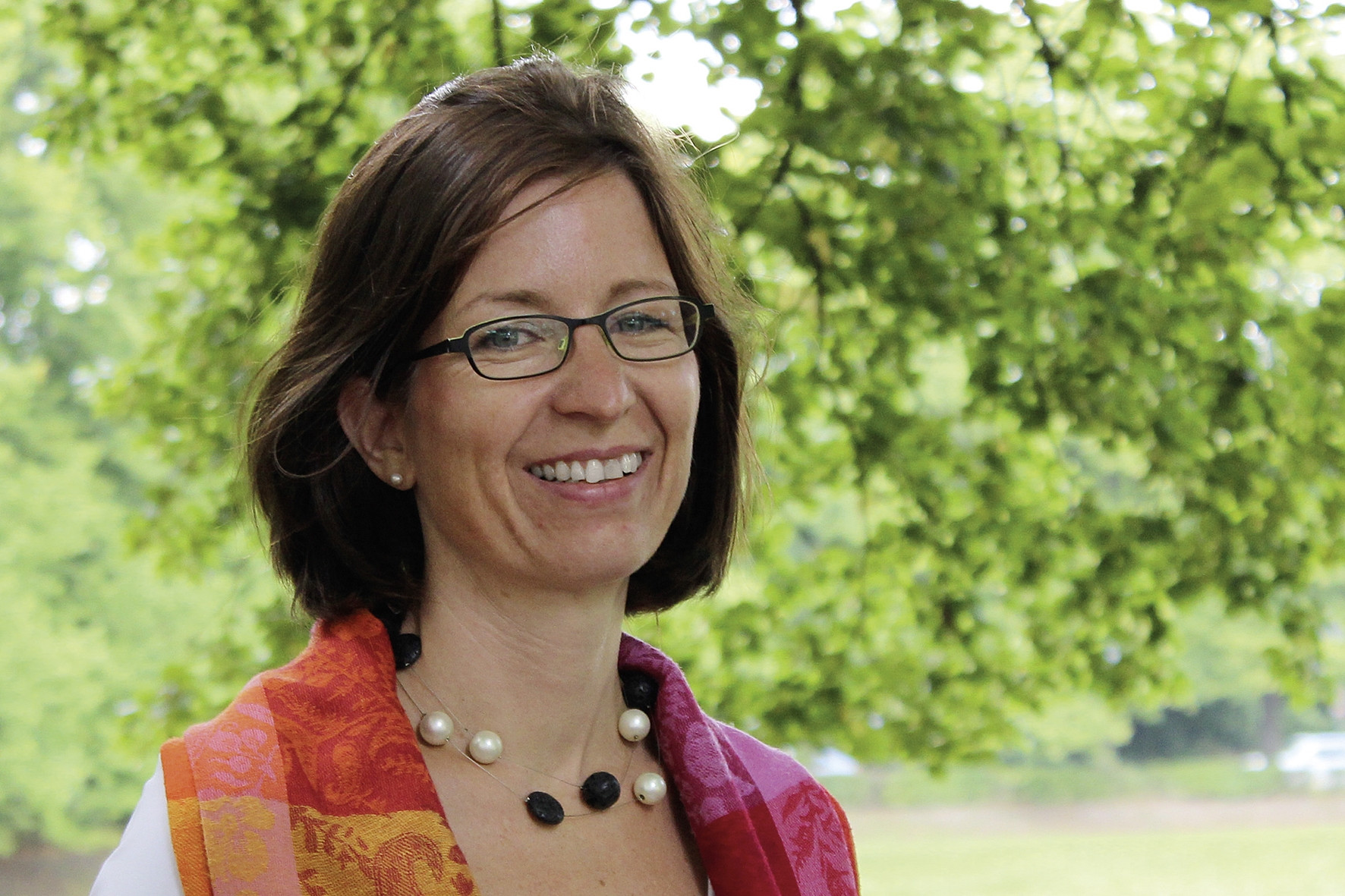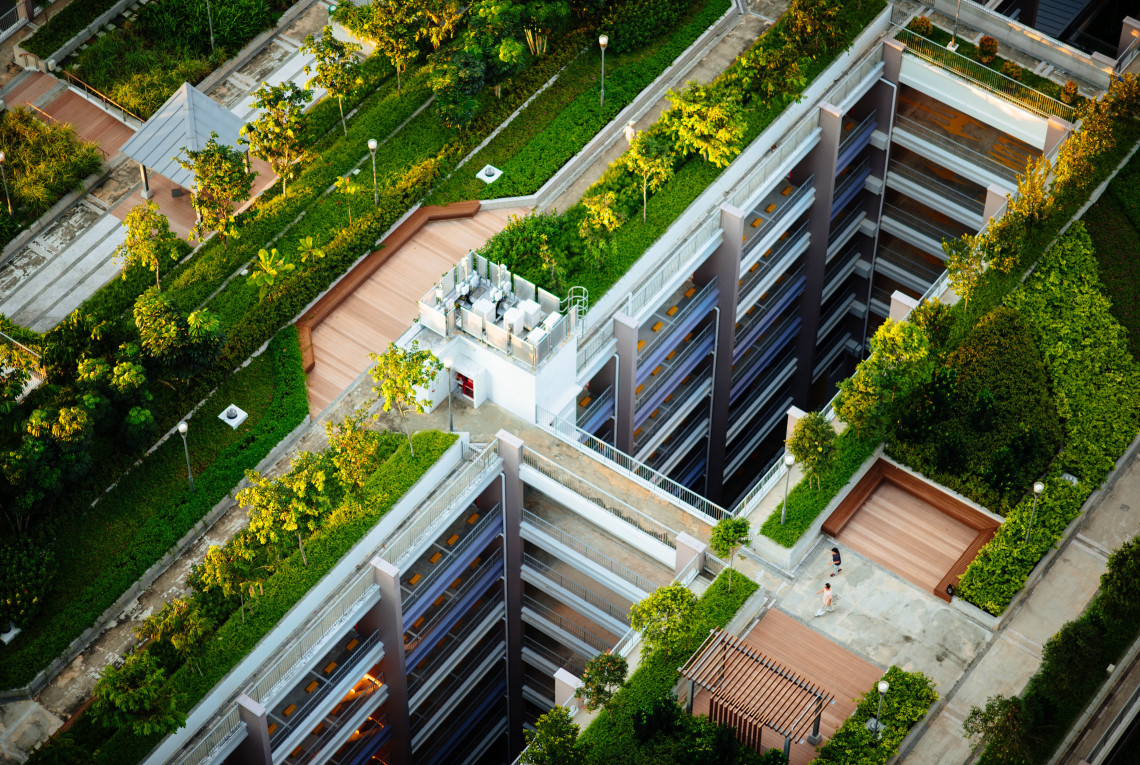Every tree betters our lives
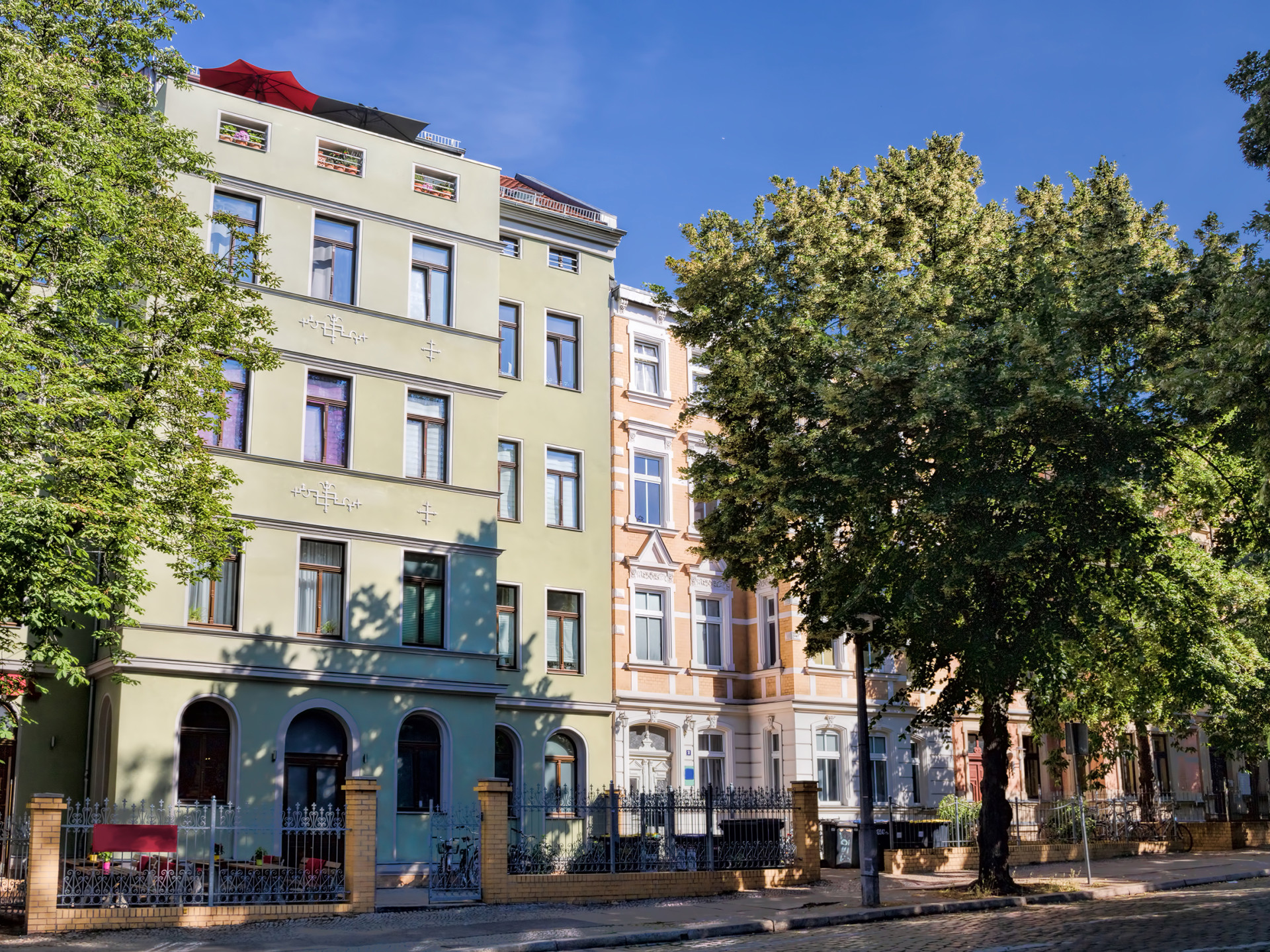
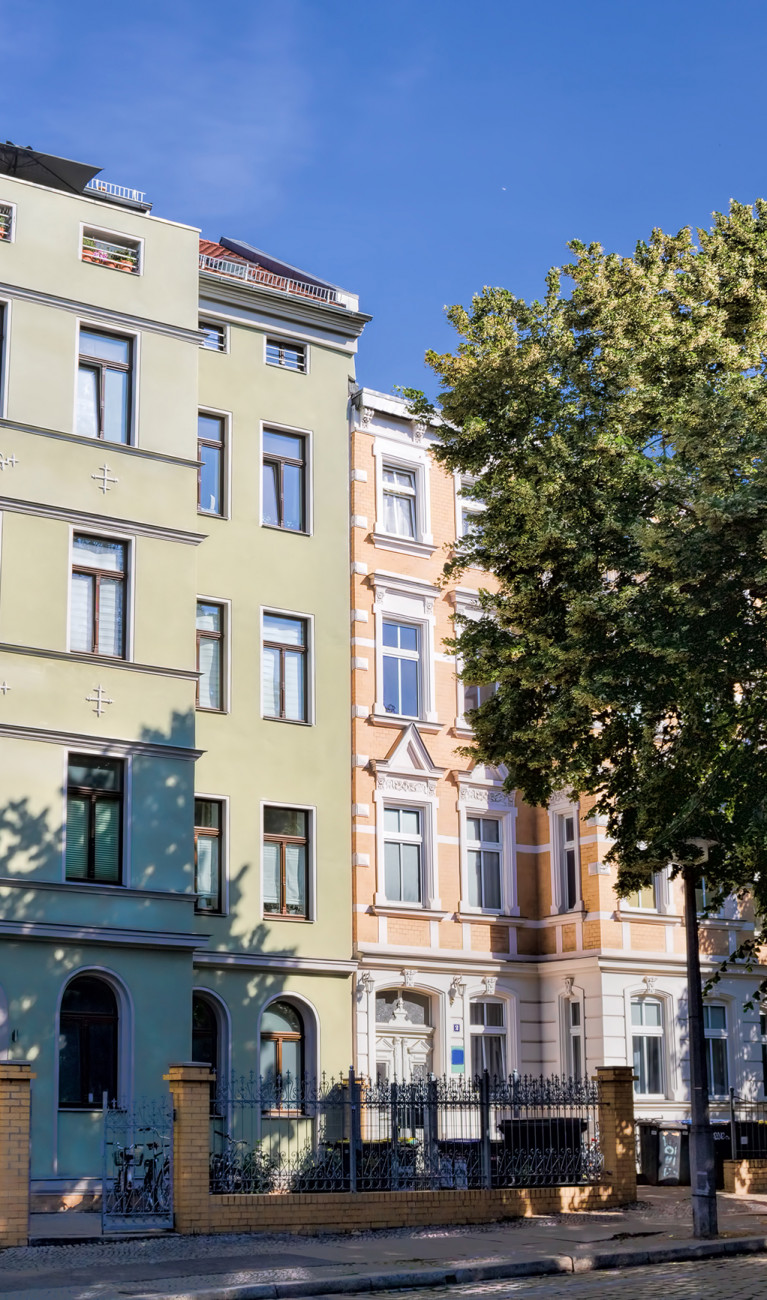
Trees populating the urban landscape mitigate the impact of climate change on people. Yet trees themselves are suffering from the rise in temperature. Thus in designing truly healthy urban living spaces, people and trees must be considered together.
Cities are being hit especially hard by certain effects of climate change: Concrete and asphalt surfaces heat up and heat is caught between buildings; rainwater cannot properly penetrate the compacted soil largely sealed beneath. This lowers quality of life, but also harms the urban greenery that could make climate change impact more bearable in many ways.
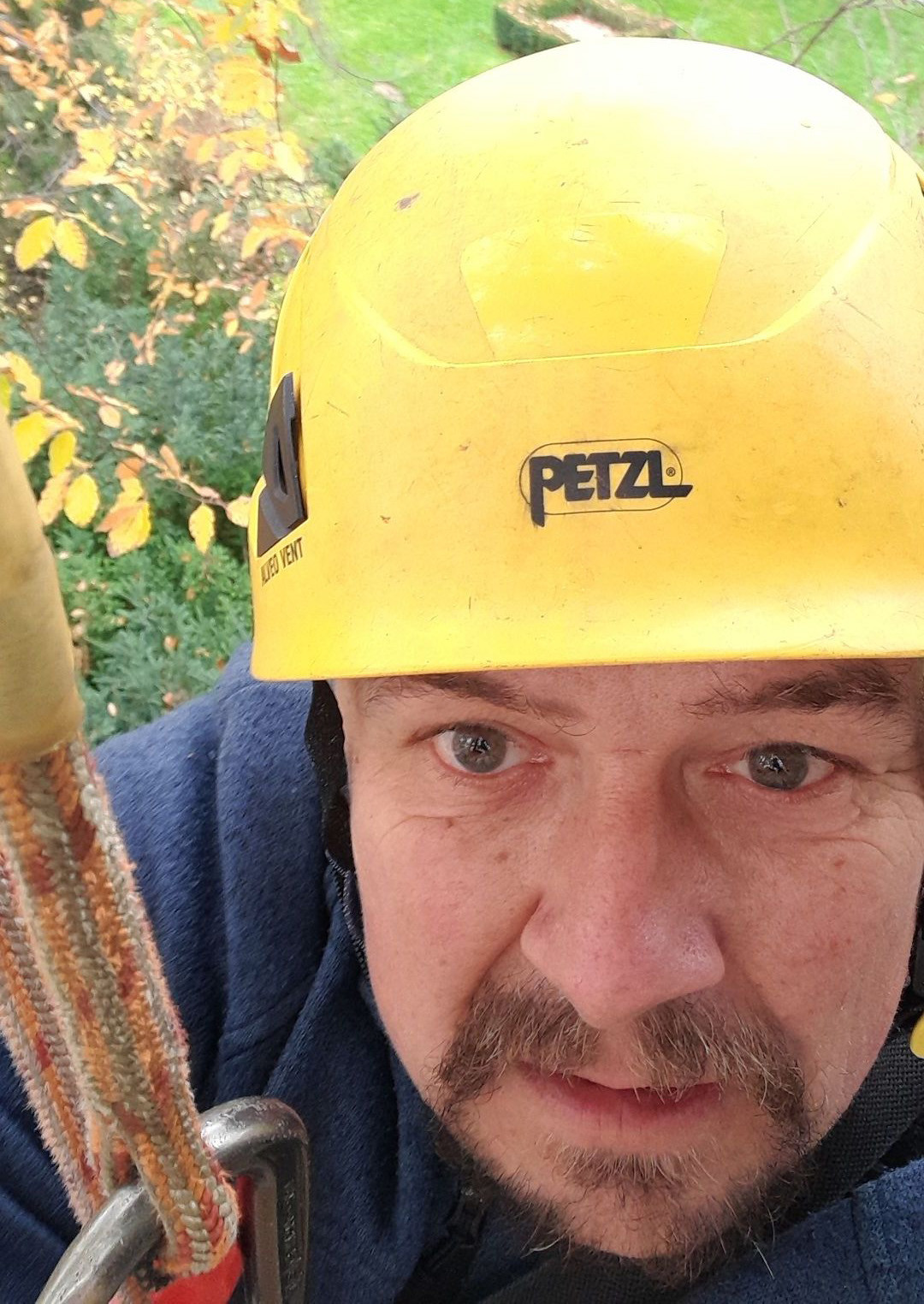
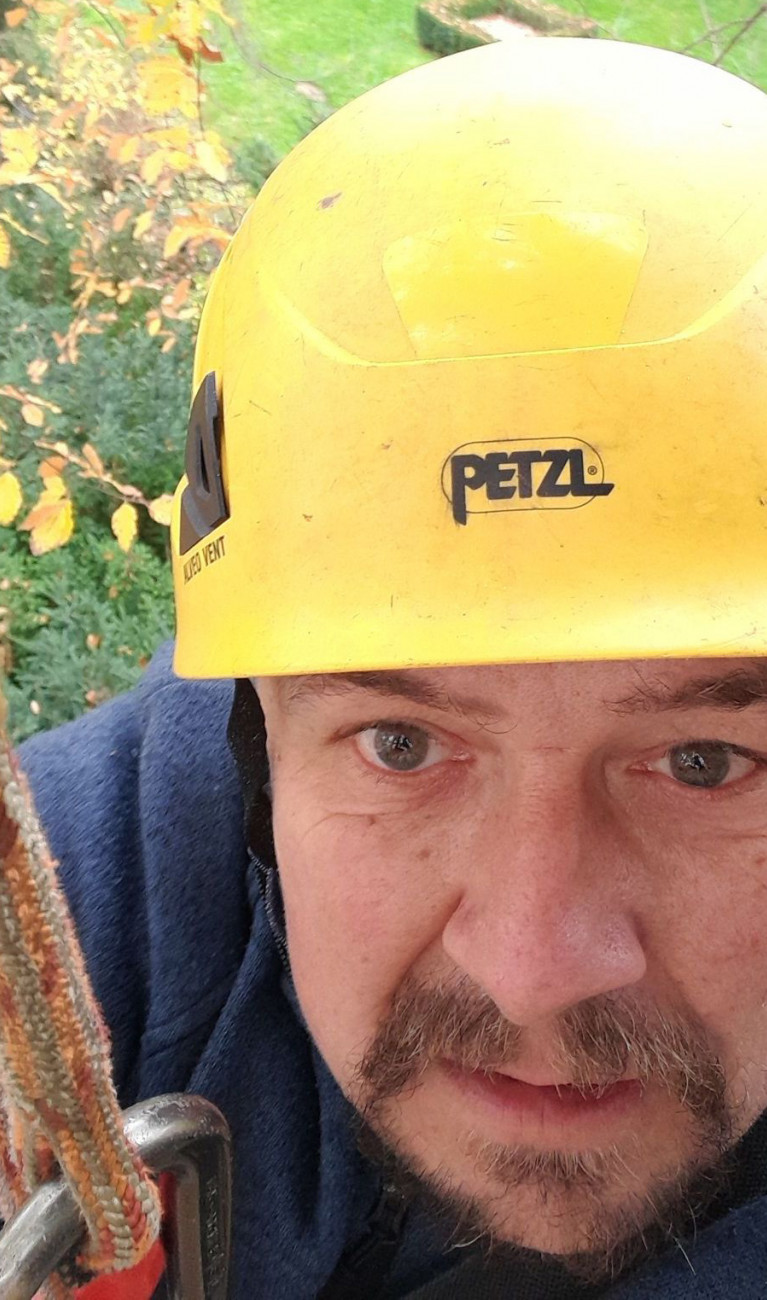
Stress factor: drought
Tobias Zielisch is a biologist and tree expert living in Potsdam, Germany: “To address the consequences of climate change in cities, we will need to establish, maintain, and further develop functioning urban greenspaces.” “With global temperatures rising, we can expect more and more hot weather days with temperatures above 30°C at our latitude range. We all know how pleasant it feels to find shade under trees on days like that. Evaporation transports heat away as it moves above the shady canopy of leaves.
However, hotter weather means more frequent droughts. Evaporation is reduced when trees are unable to get enough water from the ground. This reduces the cooling effect: for both trees and people. Since the leaves continue to absorb sunlight, it can actually become warmer underneath than outside the canopy. Trees are under stress: when they are unable to absorb any more carbon dioxide (CO2), they suffer from deficits. Protracted conditions of drought stress will cause some trees to shed their leaves. “This is of course a healthy protective mechanism,” says tree biologist Andreas Roloff of Dresden University of Technology. “However, in a scenario of several years of drought in a row, even the most adaptable species can reach their limits.” Suffering a continuing deficit will make them more susceptible to wind, pests, and pathogens.
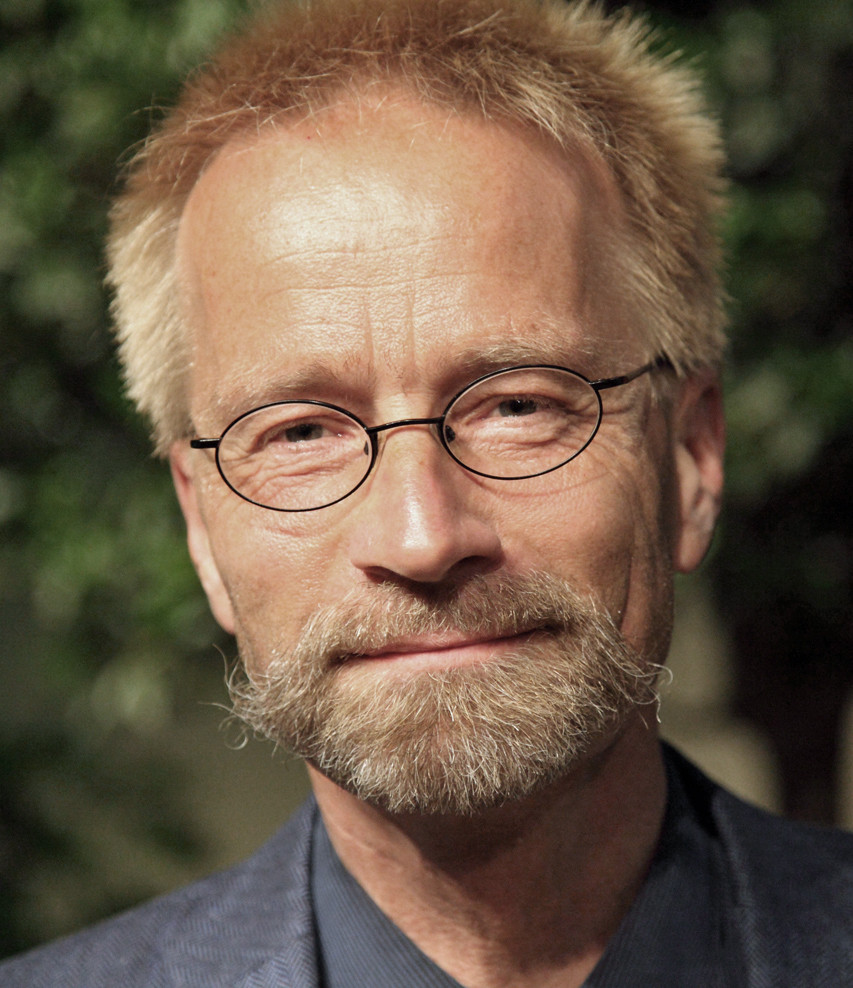
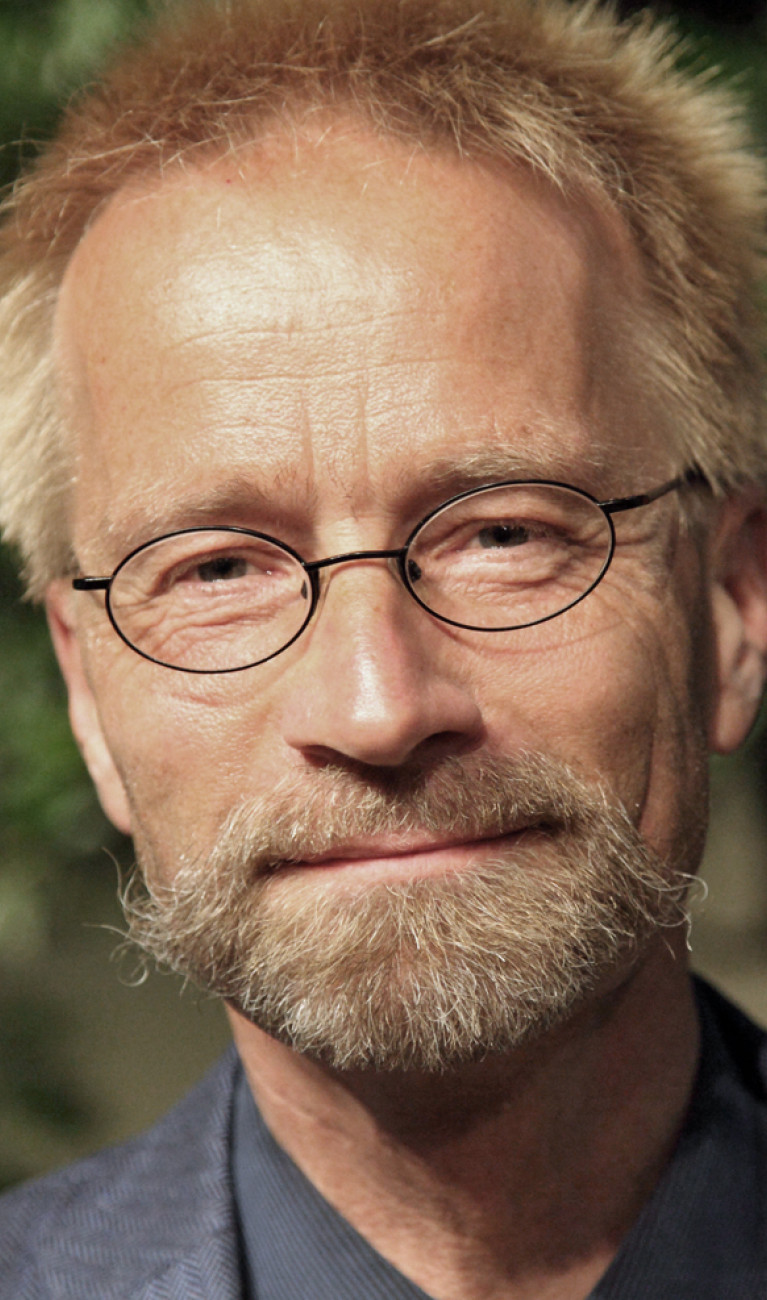
Climate-proof for effective cooling
Dr. Roloff has thus devoted decades of work to identifying tree species able to withstand the new climatic conditions that will exist in the cities of the future. “We find such species in locations where heat and drought are already regularly occurring, as well as frosty winters, which trees also have to cope with,” Roloff relates. In addition to their natural habitats, Roloff has cataloged characteristics of these trees like leaf shape and hairiness as an indicator of what species could likely be “climate hardy”.
Victoria Volke, a doctoral student of Forest Science at the Helmholtz Center for Environmental Research (UFZ) in Halle, is studying the characteristics behind the cooling function of trees. “Crown density is an important factor as well as the tree’s capacity to vary its water potential, which in simplified terms is its ability to suction and absorb water from the soil and transports it out to its leaves,” she explains. The long-term objectives of her research are to define the traits that drive cooling function as well as to outline physiological strategies for gauging trees' drought resilience. “This would enable us to select tree species that will be able to exert their cooling function under the climatic conditions of the future,” says Volke. A wide range of characteristics may be relevant for these functions, thus diversity, she notes, is an important consideration in selecting tree species. “If drought stress or pest infestation causes one species to fail at a given location, other species could then compensate for the loss.”


Promoting adaptation
What’s more, trees adapt to the conditions in their environment. Dr. Roloff has observed in experiments, for example, that trees that were previously exposed to drought stress are better able to survive drought periods later on, compared to trees of the same species which had not previously undergone drought stress. Individual trees’ ability to adapt to their local conditions is a key factor for planning. The latest findings in fact indicate, as biologist Roloff points out, that trees are able to pass on adaptation strategies acquired individually to subsequent generations. “Therefore, no species should be excluded in planning for urban greening.”


Tree adaptability is greatest among trees that grow at a single location. Urban trees, however, are typically grown in nurseries for the first 10 or 20 years. In nurseries, root and branch shoots are clipped several times. They then have a compact root ball when planted at the desired location. “It can take some nursery trees 20 years to grow out of this ball shape,” Roloff says. And that is a long span of time to be particularly vulnerable to drought. “In the best-case scenario, a seedling will develop meter-long roots within a few weeks.” Martin Schreiner, a tree expert at Berlin’s Urban Greenery Protection Authority, says municipalities are doing the right thing when they plant and nurture seedlings directly in their greenspaces and parks. “If after 20 years, three or four healthy trees are left out of 50 seedlings, much has been accomplished with little effort,” he says. He also advocates specific tree nursing steps: “Watering young trees less frequently but with larger amounts of water promotes deeper root growth.” Tree expert Zielisch calls for more greenspaces in cities to be left in an un-landscaped, natural state: “By minimizing human intervention, we create islands where nature can regenerate, where the environment can revitalize itself.”
Healthy trees, healthy people
Aletta Bonn, Director of the Department of Ecosystem Services at the Helmholtz Center for Environmental Research and of the German Center for Integrative Biodiversity Research (iDiv), is a proponent of greener cities. She researches and develops nature-based solutions to health problems associated with urban living. “Heat buildup, drought, particulate matter, exhaust, noise pollution ... Habitats in cities are subject to many environmental stress factors,” Dr. Bonn explains. Trees improve air quality, absorb street noise, create shade, and provide habitats for birds and insects, which reduces stress and promotes well-being for city dwellers. Trees can even improve our mental health. “We have observed that there is a reduced rate of depression in residential areas with lots of trees planted right in front of the houses compared to resident populations in areas with fewer trees,” she says. Planting trees could be a simple, natural solution for improving the physical and mental health of urban residents. Dr. Bonn’s conclusion: “Every tree betters our lives!”
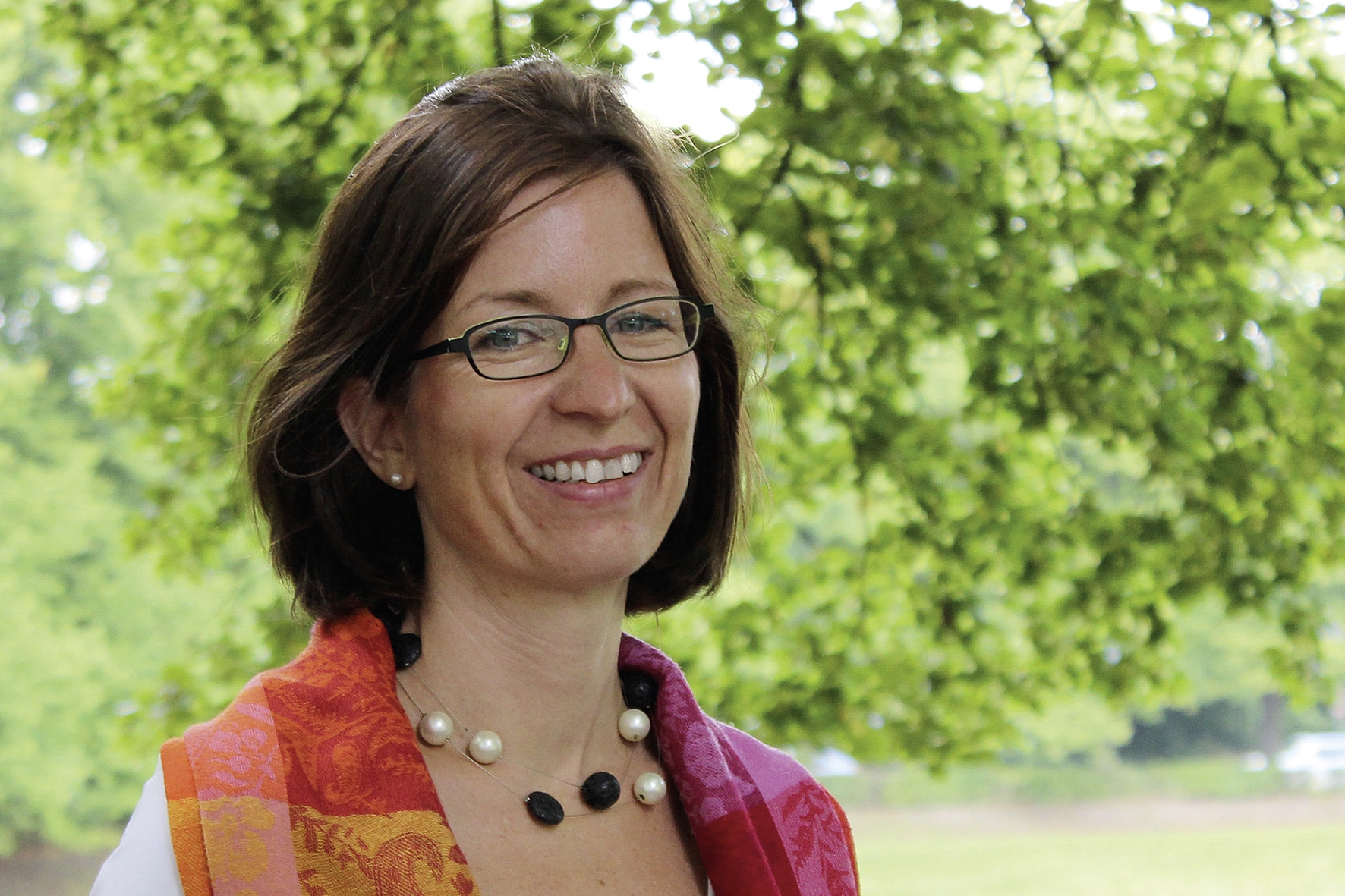
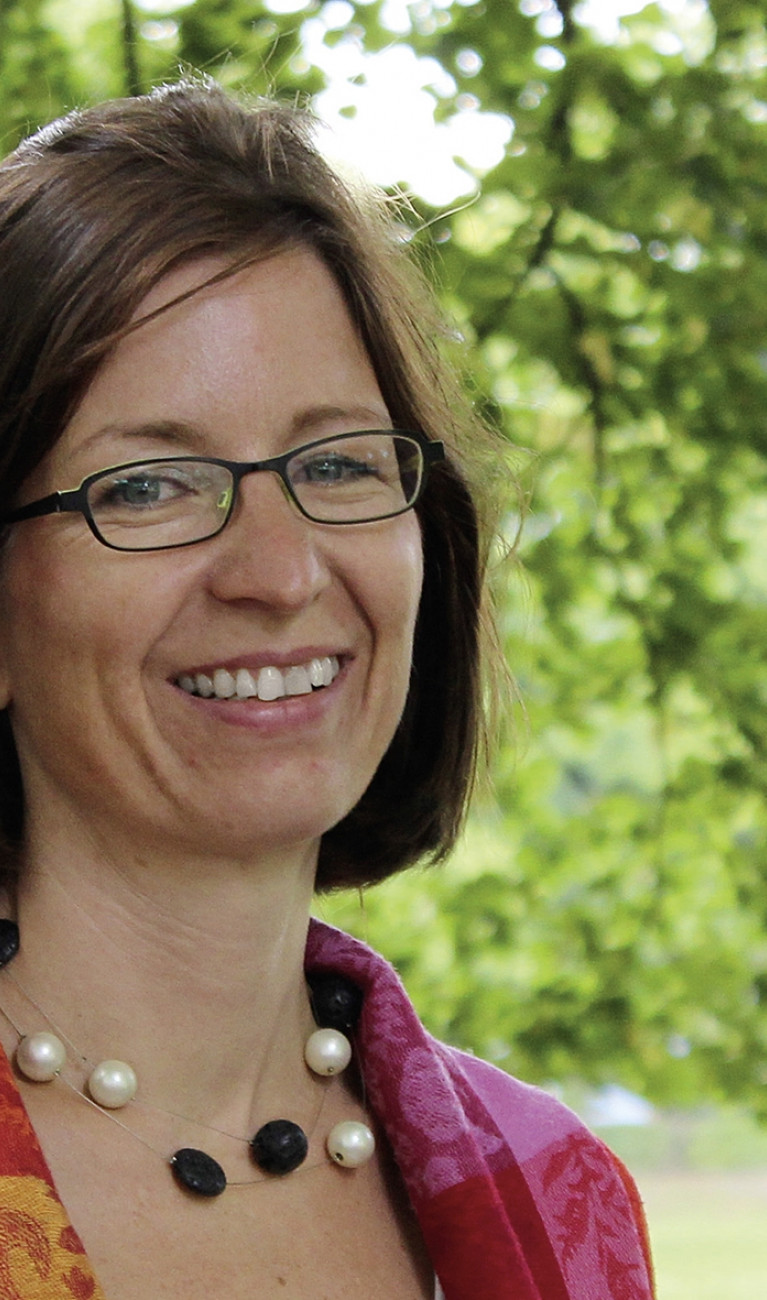
Rethinking our cities
Particularly along roadways, there can be conflicting considerations. Although allowing the crown to form at a lower height can yield measurable improvements in cooling, branches are trimmed for clear vehicle passage, as Victoria Volke points out. Heavily compacted soil, surface sealing, road salt, and canine droppings are other factors negative for trees. Experts agree that different approaches in urban planning will be required if we want to improve the health of both trees and people. “We urgently need to come away from the idea that trees are something that just go along the sides of transportation routes,” says tree expert Zielisch, declaring that all buildings need to be greened as well. “Cities should be reconceived as a landscape of greenspaces and green corridors that interact with and are thus integrated within the surrounding region.”
Dr. Bonn sees planning urban living spaces as an undertaking that calls for interdisciplinary and transdisciplinary collaboration: “For example, biologists collaborating with urban planners and psychologists.” “In municipal government, you could have the public parks bureau cooperating with the city health department on both the design and financing of healthy, nature-based urban landscape structures.” She believes urban planning requires rethinking and a change of course right now. “One thing we know for sure: trees are a simple yet effective means to make our cities more amenable to people living there as we move into our future.”
